Here’s what we need for the next pandemic: trust
We will have no excuse not to be prepared for the next global health emergency. And yet, five years after it was declared a pandemic, there is no surety that we have learned the lessons of Covid-19.
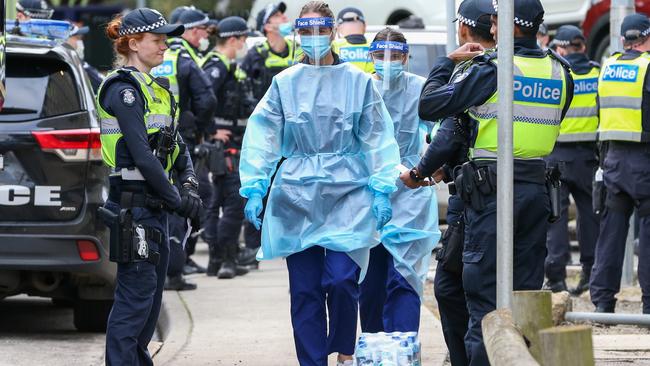
That description was used so often, by so many people, and in so many places it lost all meaning during the Covid pandemic. For better – or worse – we’re unlikely to encounter much that is unprecedented in any future global pandemic. The million-dollar-plus question, then, is whether we’ve learned enough from this pandemic to make things better next time around. And there will be a next time.
The World Health Organisation declared a global pandemic five years ago this week. After some false starts with SARS in 2003 and MERS in 2012 – both coronaviruses – the world largely had been lulled into a false sense of security. It had been a century since the Spanish flu decimated the world’s population and, in any event, that was an era before modern medicine and public health expertise. Influenza epidemics came and went, and even particularly virulent strains such as the H1N1 “swine flu” of 2009 were temporary blips that, while disruptive, took fewer than 200 lives in Australia.
When the Covid pandemic struck it was unlike anything Australians had ever dealt with. It directly took the lives of 20,000 Australians, led to more than a quarter of a million hospitalisations, and almost broke the health system. Although difficult to estimate precisely, it is likely that the Australian economy was poleaxed to the tune of $160bn. These are dizzying statistics but behind them lurk even more worrying long-term effects: a profound and enduring loss of trust in governments and institutions, a pulverised healthcare workforce, widespread suspicion of science and its role, and a fracturing of social cohesion.
For those of us working in Australia’s hospitals and clinics over the past five years, the effects have been punishing. We spent long hours enshrouded in masks and protective equipment that acted as an impenetrable barrier to any direct healing touch to our patients, something we all craved. We had to ration, to prioritise, to deny care at times. We struggled when the resources we needed weren’t available. Training of the next generation of healthcare professionals was compromised. Patients with non-Covid conditions were abandoned and their health commonly worsened, and to this day many people still have not received the planned operations they need. Cancers were missed and opportunities for early intervention were lost. Many healthcare workers retired early or left their professions, making everything worse. None of us wants anything like this to happen again.
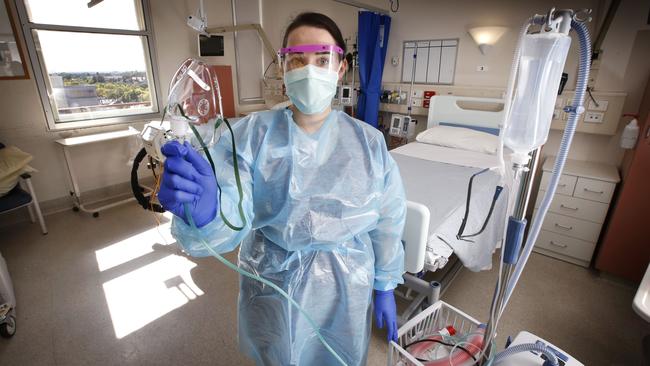
It is difficult to say exactly when the next global pandemic will occur but statistical predictions suggest a wave of infection the size and scale of Covid-19 is likely within many of our lifetimes. Unless we learn the right lessons from the past five years, the next pandemic could be worse. “We know that the next pandemic may involve a more lethal virus that is harder to contain,” says the Commonwealth Pandemic Response Report. “A future pandemic is likely to be compounded by concurrent crises which include natural disasters, cybersecurity threats and geopolitical tensions.” Hardly news to lift the spirits.
The principles of a future pandemic response now are very clear for us. There must be systems for surveillance of emerging infections so that we have as much warning as possible and understand the threats. Community immunity is the only way that we can emerge from a pandemic, meaning that vaccination will be fundamental to the response. While we wait for vaccines to be developed and rolled out, and the community’s immunity builds slowly, effective responses will be needed to minimise the spread of infection.
As all of this is going on it will be vital that we keep our healthcare system functioning to deal with other health conditions.
Lastly, ensuring that our economy and community activities continue around a pandemic is critical.
Can we plan to achieve all of this?
We have no excuses not to be prepared next time. The lessons of the past are sobering and centre on lack of preparedness. This is a situation that was “decades in the making”, according to Professor Ashish Jha, a public health authority of Brown University in the United States, writing for the journal Annals of Internal Medicine in 2023. “The challenges ranged from poor funding of public health and inadequate crisis co-ordinating mechanisms to inadequate attention paid to critical supply chains and an information ecosystem that would require a novel approach to communicating with the public.”
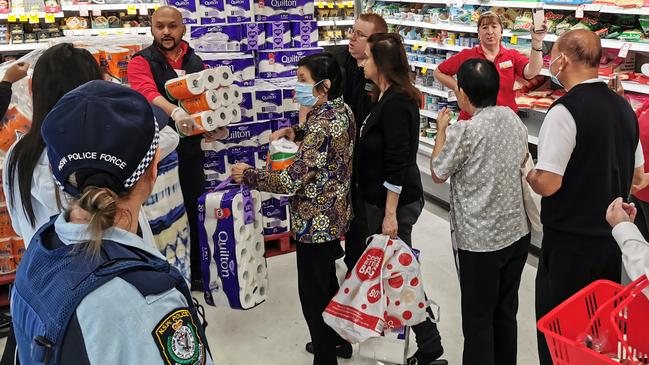
Understanding the threat of what virus could be next to strike is a key first step. The WHO maintains close surveillance and, at the moment, there are 30 “priority pathogens” including Mpox and the H5N1 influenza known as “bird flu”. Bird flu can have severe effects and has been circulating since 2022 among livestock, wildlife and humans. While transmission between humans has not yet been found it may only be a matter of time. The WHO even maintains a watch on the deliberate and malicious release of smallpox.
Surveillance will be a priority for Australia’s own Centre for Disease Control. Unfortunately, “we have almost never predicted the next pathogen to emerge”, warns Dr Naomi Forrester-Soto, a British virologist, in the journal Nature late last year. Still, forewarned is forearmed.
Understanding the potential infectious threats is important, but the government’s Pandemic Response Inquiry report states the bleeding obvious. Governments were “ill-prepared to respond to the scale and duration of a crisis that had ramifications for our health systems, our economies and the very function of our societies”. The report went on to say that, in Australia, “every member of the community was impacted by the significant limits on freedom of movement, disruptions to schooling, reduced access to usual healthcare, separation from family and friends, or the loss of work and businesses”. Nobody escaped.
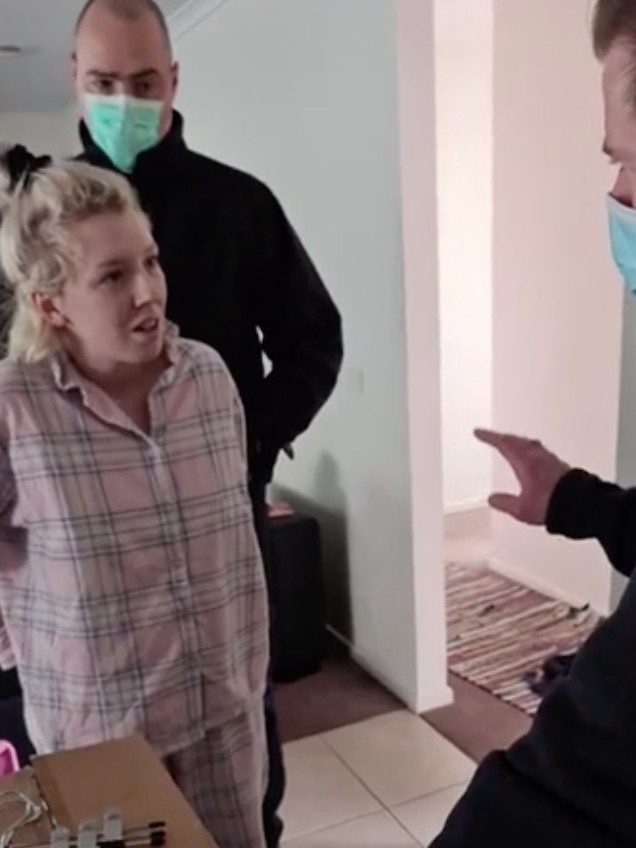
Trust is easy to lose and very difficult to regain. Studies from around the world show that people have become less trusting, in general, since the pandemic began. This is a monumental problem because trust is essential if any response to a major public health situation is to be effective. People need to trust the information they receive from governments, from institutions, and from scientists and health experts.
In retrospect it seems obvious that overreach by authorities played a key role in the loss of community trust in public health. In the early stages of the pandemic, governments were well-intentioned but largely flying blind amid the seemingly uncontrolled spread of a potentially deadly virus. Yet some acts – such as taping up children’s playgrounds or forbidding people to sit in the sun in parks if they were not exercising – went too far. Border closures and rigid hospital visiting policies blocked people from being at their loved ones’ deathbeds. Acts such as these, seen by the public as callous and arbitrary, caused heartbreak and suffering – and fed resentment.
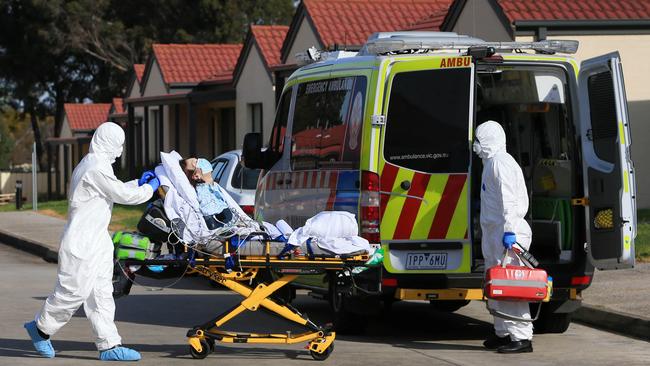
Decisions that were capricious and not based on evidence helped to usher in and amplify people’s susceptibility to conspiracy theories. One of the major signs of the erosion of trust in public health has been plummeting vaccine uptake both in Australia and globally during the past few years – particularly childhood vaccination. Diseases from the last century that were thought to be largely eradicated, such as polio and measles, are now re-emerging and harming the innocent. Rebuilding trust will be fundamental to any response to the next pandemic and will take time and effort. That effort must begin now.
One important way of rebuilding trust is for our governments to demonstrate that they have learned the lessons of the past and will be more prepared, and thus less inclined to resort to draconian measures, come the next pandemic. Governments are, by nature, reactive and find it difficult to pivot to prevention. To make things worse, if prevention and preparedness are going well it can be difficult to show that you’ve done a good job because an epidemic is prevented.
Australia needs to place a high priority on ensuring that our supply chains can survive any test. We need to have confidence in our ability to secure not only vaccines, vital medications, and medical equipment – the public also needs to trust that they will have food and other necessities of life in times of crisis. Sovereign manufacturing capacity in Australia and suitable stockpiling of essentials will be critical to public confidence.
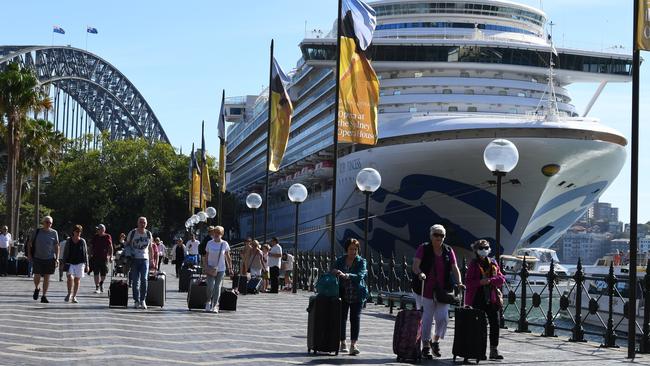
Trust also is built on a bedrock of transparency. When decisions are made, people need to understand the reasons underpinning them. Where there is uncertainty, people need to be aware. The precautionary principle – that sometimes it is better to be safe than sorry – won’t cut any mustard if people think important facts are being kept from them. Opaque decision-making behind closed doors breeds an atmosphere of distrust and rebellion. Baking transparency into future pandemic responses is the bedrock of community support.
Australia had relatively good outcomes from the pandemic compared to many other countries, and much of this can be attributed to our community spirit and our “willingness to put community interests ahead of self-interests and to all do our bit”, as the preparedness report puts it. For this community response to happen in the next pandemic it is important that all Australians have a sense of trust that they are not being taken for mugs or being taken advantage of.
Our community is still feeling the effects of the stresses on the health, disability and aged-care workforces, as well as other critical workers such as teachers and transport workers. These groups, in particular, were placed under major stress and faced risks to their mental and physical health. There is little doubt that vaccine mandates for health and aged-care workers, while understandable, led to adverse reactions in many Australians. When they were extended to other settings – workplaces such as construction sites – resentment mounted and provoked negative reactions.
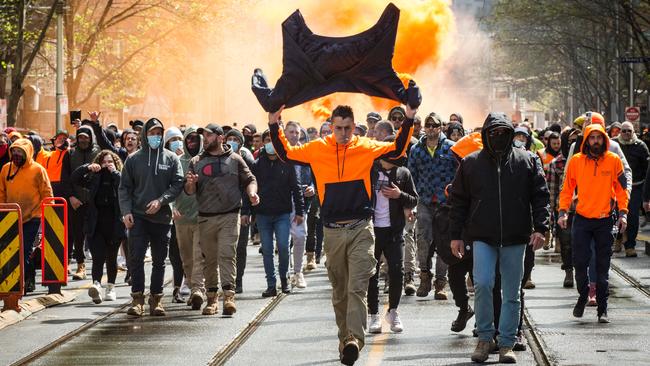
Vaccination now has become a flashpoint despite the evidence that vaccines are safe and effective. This is a major problem for our community because acceptance is so important. We are in a good place with newer mRNA technologies allowing swift and adaptable responses in new vaccine development. They harness our body’s own physiological mechanisms so that we produce the proteins necessary to generate a strong immune response, before losing this effect over a few days.
These new vaccine technologies can be deployed once we determine the genetic code of the next pandemic virus. The evidence overwhelmingly supports vaccine use and vaccination will be fundamental to managing a future pandemic. We have to rebuild trust in vaccination, and this will involve laying out the scientific evidence both of benefits and potential harms. A future pandemic response also needs to take account that a proportion of the population won’t accept vaccination no matter how safe it is proven to be.
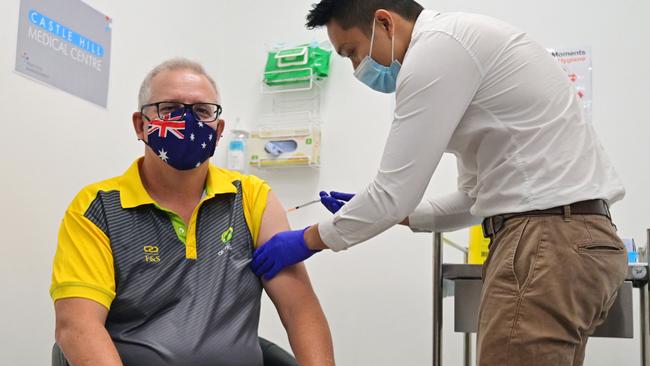
In a recent interview, Harvard infectious diseases expert Dr Yonatan Grad made it clear that “a remarkable accomplishment during the Covid pandemic was how quickly the scientific community responded to a new pathogen, from sequencing its genome to development of a vaccine”. This is not the point to defund scientific research. “As long as we invest in basic research and translational research and in public health, we will be in a position to respond as quickly as possible,” said Grad.
Before vaccines become available there will be a period early in the next pandemic when other measures will become critical to minimise spread and protect the health system. The next pandemic is likely to be airborne which means it will be spread indoors. This gives us the opportunity to think about the buildings we live and work in. How we deal with ventilation, air filtration, and movement of people indoors all must become priorities so that we can minimise isolation and social fracturing.
Critical to any future pandemic response – indeed any major public health initiatives of the future – will be cohesion among not only the members of our community but also those leading the efforts to deal with it. Epidemiologist Dr Caroline Buckee has emphasised this in recent interviews, saying that responding to a pandemic “should be completely bipartisan. It’s not a political issue, it’s an existential threat to our society”.
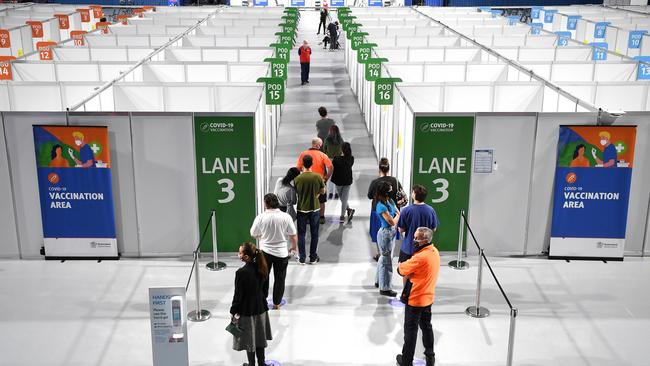
Decisions made in the cut and thrust of a future pandemic response will be made quickly, for sure, but will require careful consideration of their wider consequences. As the pandemic response report put it, they must “fully account for the broader health, economic and social impacts of decisions, and the changing level and nature of risk to inform escalation and de-escalation of the response to minimise harm”.
During the Covid pandemic, certainly in the initial stages, Australians were accepting of public health orders and understood measures that were particularly important in protecting the vulnerable – older Australians, those with chronic health problems, and other groups of people at special risk. Unfortunately, many measures led to profound isolation for long periods among those in aged care. We need to solve this problem before the next pandemic, if only because Australia’s population is ageing rapidly and there will be so many more of us in aged care by the time the next pandemic occurs, with proportionally fewer young people to look after us.
Older Australians were hardly the only group to suffer social upheaval. Quarantines and lockdowns affected the way our next generation learn and, as one consequence, their mental health. Episodes of family violence increased, people with disabilities lost access to supports, and people had nowhere to live.
Many felt they were not prioritised or, indeed, were forgotten about. If we are to have any hope of an effective pandemic response next time we must plan how to strike the balance between protecting the vulnerable yet maintaining a sense of community and connection. That will not be easy and can only be built on a foundation of trust.
There can be no excuses for getting it wrong next time. We all have experienced what can happen and how quickly it can occur – and what a pandemic can do to society as a result. Detailed plans must be in place and they must be tested regularly. National pandemic response planning cannot be about controlling a virus in isolation because there will be shockwaves across the economy, social cohesion, and the broader mental and physical health of our communities. Governments will have to work hand in glove with the healthcare sector, our industries, scientists and community organisations. The community will expect no less.
Steve Robson is professor of obstetrics and gynaecology at the Australian National University and a former president of the Australian Medical Association, serving from July 31, 2022, during the pandemic. He is also a council member of the National Health and Medical Research Council.



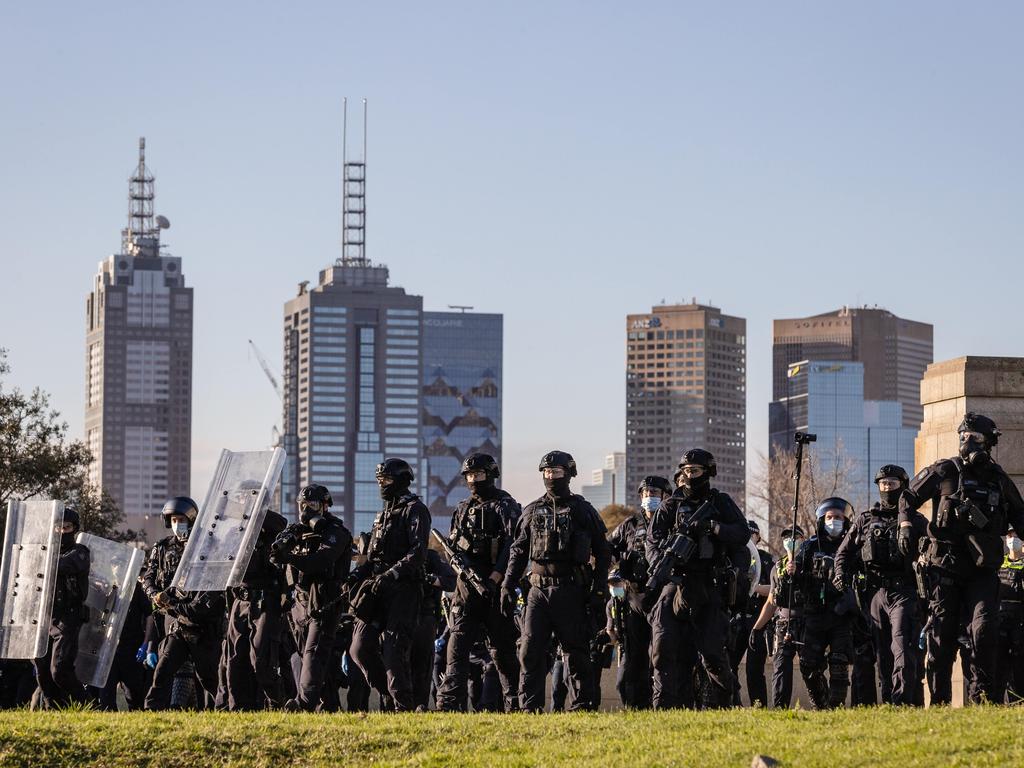

There is a word we should never have to utter during the next pandemic: “unprecedented”.